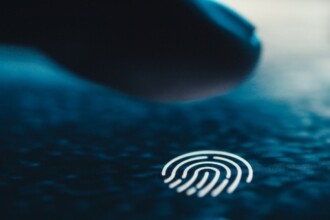The media reports that India and Indonesia intend to combine their fast payment systems.

The implementation of this intention will allow to activate the process of cross-border money transfers. Also, the integration of the systems will provide consumers with the opportunity to settle transactions in local currencies.
The media, referring to a senior Indian official, report that the finance ministers of the two countries discussed the initiative, but no specific agreements were reached on this matter. Experts predict that if the intention to merge the systems is realized, there will be a rapid growth of payments in real-time. Also, such systems have radically changed the concept of managing consumers with their money.
India presented its real-time payment system in 2016. This country currently has the largest number of instant transactions compared to other countries in the world. This result was achieved due to two factors, including a large population and a high level of digital literacy.
Last year, the central bank of Indonesia, together with the Monetary Authority of Singapore (MAS), worked on a cross-border QR payment method between the two countries. The parties to the cooperation also reached an agreement on measures to encourage consumers to use local currencies. This decision is part of a global effort to expand the distribution of local currencies in trade and investment transactions.
Cooperation between India and Indonesia in the payment sphere, which so far exists only in the form of the idea under discussion and has not been implemented in practice, is taking place against the background of dissatisfaction with many small and medium-sized businesses with the currently proposed solutions for cross-border transactions. In this situation, the problems with local payments are particularly sensitive.
Industry research shows that 41% of companies selling goods in the Asia-Pacific region, but not offering local payment methods, face rejection shopping in 60% of cases. For those firms that have provided local payment methods, this figure is 32%.
Some companies are convinced that the main card networks used in North America and Europe are also popular in Asia. Adrian Burgess, head of strategic development at PPRO, says that in the US and European countries, consumers consider credit cards as the main way to pay for goods.
As we have reported earlier, JPMorgan Starts Euro Blockchain Payments for Corporate Clients.









